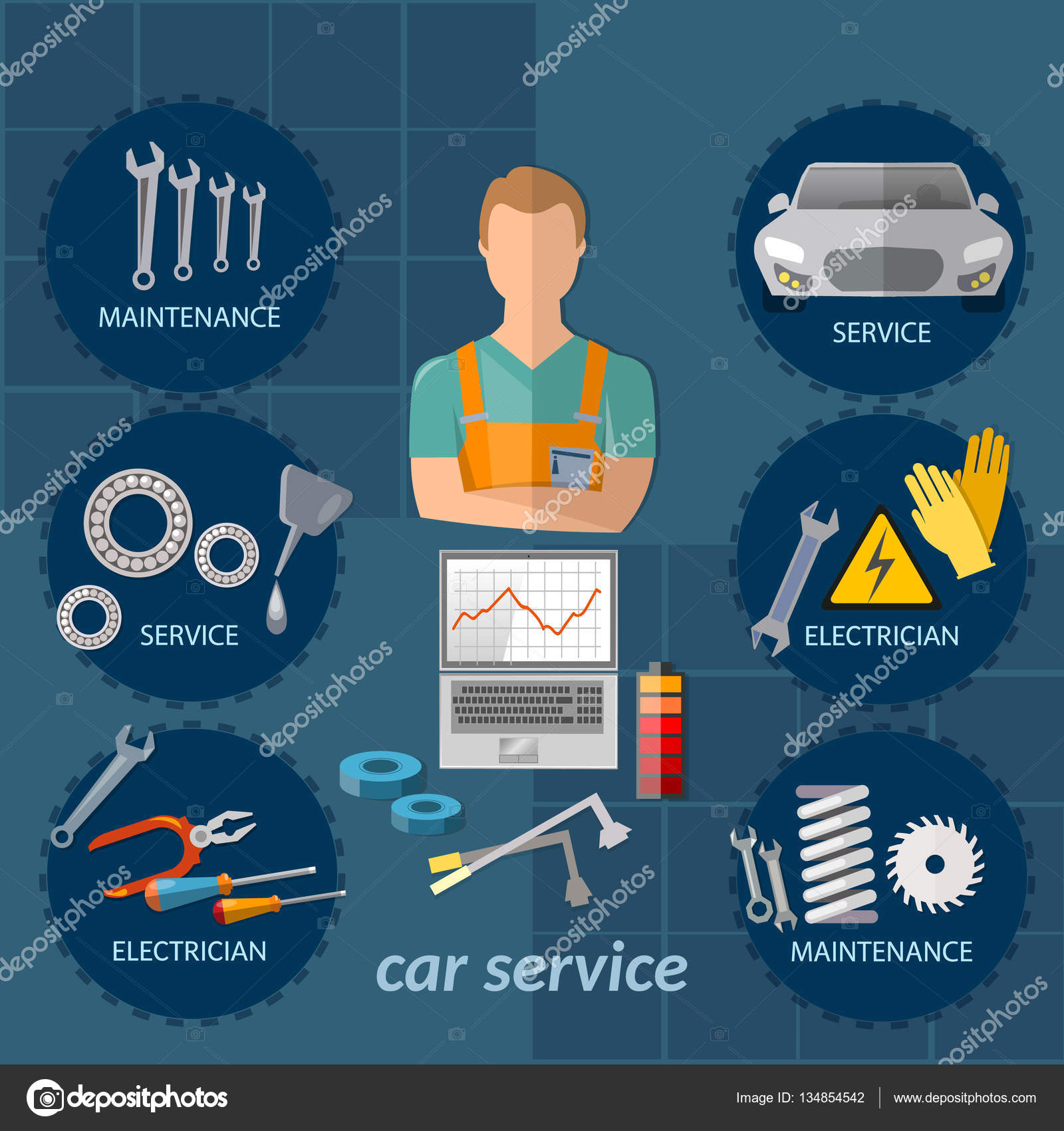Exploring The Genuine Interpretation Of Your Cars And Truck'S Caution Lighting
Exploring The Genuine Interpretation Of Your Cars And Truck'S Caution Lighting
Blog Article
Written By-Justesen Ferguson
When you're behind the wheel, those radiant warning lights on your control panel can be a bit difficult. Do you understand what they're trying to inform you regarding your vehicle's health? Recognizing the significance of these lights is essential for your safety and security and the long life of your vehicle. So, the following time among those lights turns up, would not you want to analyze its message accurately and take the essential steps to address it?
Common Warning Lights and Interpretations
Recognize usual warning lights in your cars and truck and recognize their significances to ensure risk-free driving.
One of the most normal warning lights consist of the check engine light, which signifies problems with the engine or exhausts system. If this light begins, it's vital to have your lorry examined promptly.
The oil pressure warning light suggests reduced oil stress, requiring immediate attention to avoid engine damages.
A blinking battery light could suggest a damaged charging system, potentially leaving you stranded otherwise resolved.
The tire pressure monitoring system (TPMS) light signals you to low tire pressure, impacting vehicle stability and gas effectiveness. Disregarding this might lead to risky driving problems.
The ABS light indicates a problem with the anti-lock braking system, endangering your capability to quit quickly in emergency situations.
Finally, the coolant temperature cautioning light warns of engine overheating, which can result in serious damages otherwise dealt with swiftly.
Recognizing these typical caution lights will certainly help you attend to problems promptly and maintain secure driving problems.
Value of Prompt Interest
Understanding the common caution lights in your vehicle is only the very first step; the significance of immediately addressing these cautions can not be emphasized sufficient to ensure your safety and security when driving.
When brake repair flagstaff brightens on your control panel, it's your auto's way of interacting a prospective concern that needs focus. Disregarding these cautions can lead to a lot more serious troubles in the future, jeopardizing your security and potentially costing you much more out of commission.
Trigger focus to warning lights can avoid break downs and accidents. As an example, a blinking check engine light can suggest a misfire that, if left neglected, could trigger damage to the catalytic converter. Resolving this immediately can conserve you from an expensive repair service.
In a similar way, a brake system advising light could signal low brake liquid or used brake pads, essential elements for your safety when driving.
Do It Yourself Troubleshooting Tips
If you notice a caution light on your dashboard, there are a couple of DIY fixing suggestions you can attempt before looking for professional assistance.
The initial step is to consult your automobile's guidebook to recognize what the specific warning light indicates. Occasionally the issue can be as basic as a loose gas cap causing the check engine light. Tightening up the gas cap may deal with the problem.
look at more info is a low battery, which can cause different alerting lights. Inspecting the battery connections for rust and guaranteeing they're safe and secure may deal with the issue.
If a caution light lingers, you can attempt resetting it by disconnecting the cars and truck's battery for a couple of minutes and after that reconnecting it. In https://gunnervqkez.get-blogging.com/28175607/keeping-your-automobile-frequently-is-of-utmost-value , inspecting your automobile's fluid levels, such as oil, coolant, and brake liquid, can help repair advising lights related to these systems.
Final thought
To conclude, recognizing your automobile's caution lights is crucial for maintaining your car running smoothly and safely. By quickly addressing these alerts and knowing what they imply, you can stay clear of costly fixings and potential malfunctions.
Keep in mind to consult your car's handbook for certain details on each warning light and take action appropriately to ensure a trouble-free driving experience.
Remain notified, stay simply click for source -free when traveling!
